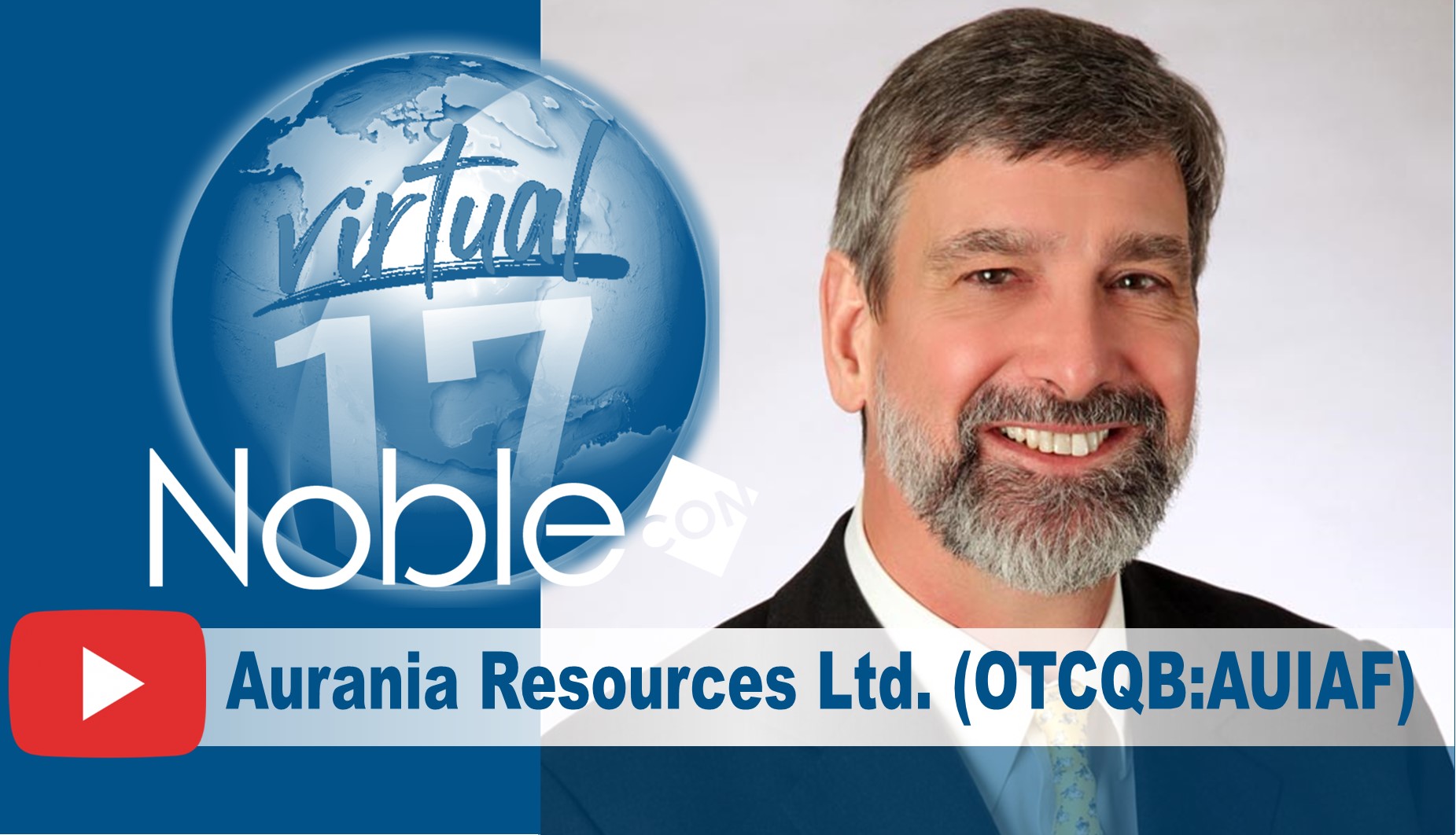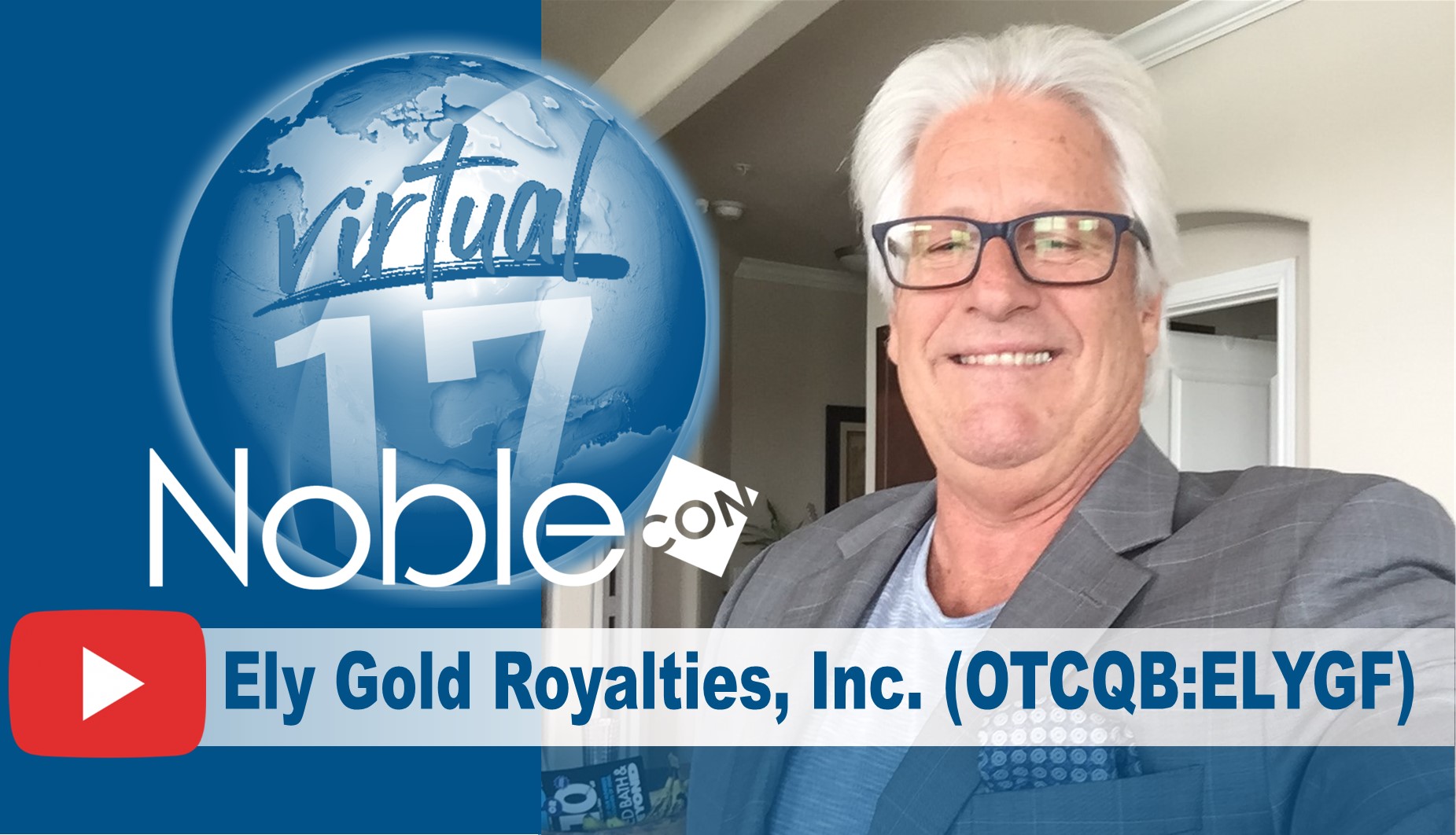
Digging Deeper Into Gold Investments – Understanding Royalty Companies
Investors have many options to gain exposure to gold. They may purchase gold bullion, gold coins, gold exchange-traded funds (ETF) and mutual funds, gold mining companies, or gold futures and options. Publicly traded equities of gold producers and royalty companies may offer an attractive way to invest given the disproportionate percentage impact higher commodity prices may have on a company’s bottom line and valuation for a given percentage increase in the commodity itself. While most investors are likely familiar with mining companies and how they operate, royalty companies may be less familiar.
Advantages of Owning Equity Shares of a Royalty
Company
Compared with investing in gold production companies, royalty businesses generally benefit from low overhead costs, geographically diversified asset portfolios, and exposure to multiple operators. Additionally, they avoid costly exploration expense which is borne by operators while sharing the benefit and upside of exploration investment in properties where they retain a royalty interest. Like mining companies, royalty businesses offer greater leverage to changes in gold prices than investing in bullion. Lastly, royalty businesses generally seek to build portfolios of producing royalties that support dividend payments to shareholders. It is important to keep in mind that revenues increase with rising gold prices, increasing production on its royalty properties, and a growing royalty portfolio, while costs remain relatively fixed and stable. This scenario positions royalty companies to thrive in good markets and weather more challenging sets of circumstances.
As a royalty company grows, it offers the potential for multiple expansion, dividend payments, and the ability to execute larger transactions which could accelerate its growth. Junior royalty companies generally perform well in their early years since they can grow rapidly based on an increasing capacity to transact larger deals. Additionally, junior royalty companies may become attractive acquisition candidates for a larger royalty company seeking to enlarge its royalty portfolio.

|
Allegiant Gold (AUXXF)Thursday March 25 @ 1:00pm EST Virtual Road Show (Learn More) Peter Gianulis – CEO |
What is a Gold Royalty?
A gold royalty is a contract that gives the owner the right to a percentage of gold production or revenue. Since royalties typically cover the life of a mine, gold royalty companies benefit from the exploration upside that may extend the life of a mine and thus increase the amount of gold or revenue they receive from the mining company at no additional cost.
There are several ways to generate royalties. First, royalty businesses may help finance a development project in exchange for a royalty. Second, a royalty business may purchase existing royalties from third parties, and 3) a royalty company may take a property that they already own, sell it to a mining company, and retain a royalty on the property.
There are several types of royalties. The two most common are NSR and NPI royalties. A net smelter returns (NSR) royalty is an agreement where the mining company agrees to pay the royalty owner a percentage of the revenue, less refining and smelting costs. A net profit interest (NPI) royalty entitles the royalty owner to a percentage of the profit from a mine.
A stream is a purchase agreement that provides the owner of the stream, in exchange for an upfront payment, the right to purchase all or a portion of one or more metals produced from a mine at a negotiated price for the life of the agreement. The negotiated price is generally at a significant discount to the spot price.
Investor Considerations:
It is important for investors to keep several factors in mind when conducting due diligence on prospective royalty company investments. These include: 1) management, 2) asset portfolio, 3) asset quality, 4) jurisdiction, and 5) valuation.
Management. Should you bet on the horse or the jockey? It is important to evaluate management’s history and track record of creating value for shareholders. Does the management team reflect a balance of technical, financial, legal, and capital markets expertise? Is the board of directors comprised mostly of independent directors who provide a diversity of relevant experience and perspectives? Do they articulate clear objectives, and is their business model sound? Most importantly, do they focus on areas they know and employ a disciplined growth strategy, or are they seeking growth at any price?
Asset Portfolio. How is the company’s asset portfolio balanced between royalties that are producing cash flow streams versus royalties that are expected to produce cash flow within five years and/or longer?
Asset Quality. Because royalty companies have little control over the decisions of the mining companies that control the properties on which the royalty interest is held, it is important for investors to evaluate the operators associated with the properties in the royalty portfolio. Are they well-capitalized major mining companies or small start-ups? Additionally, it is helpful to evaluate mineral resource estimates associated with properties in the portfolio and the operators’ plans for development.
Jurisdiction. While geographic diversity is a selling point for most royalty companies, it is often helpful to consult the Fraser Institute’s Annual Survey of Mining Companies to check if royalty interests are in favorable mining jurisdictions versus high-risk areas.
Valuation. Royalty companies are often valued based on price to net asset value. Net asset value is the net present value (NPV) or discounted cash flow (DCF) of all future cash flow of a mining asset, less any debt plus cash. Price to net asset value is the company’s market capitalization divided by the net present value of all mining assets minus net debt. For those that pay a dividend, investors may also compare dividend growth rates and yield. Larger companies generally trade at higher valuation multiples which generally increase with scale due to lower perceived risk due to greater asset diversification and a proven track record of growth. As royalty companies grow, they may be able to establish and grow dividends to shareholders, offer greater liquidity due to listings on major exchanges, and benefit from broader research. Some may also benefit from their inclusion in stock indices. For those that pay a dividend, it is important to know whether the dividend is paid from operating cash flow or whether the company is borrowing to pay the dividend.
Company Spotlight: Ely Gold Royalties (ELY:CA)
Ely Gold Royalties Inc. is an emerging gold royalty company with a growing asset portfolio that includes 12 key assets with four producing royalties and eight that are expected to go into production by the end of 2025. Additionally, the company has 26 development assets, of which 15 are located at, or near, producing mines, and 7 are part of permitted projects or in the permitting process. With respect to the company’s 40 exploration projects, 12 are currently being drilled by junior exploration companies, and Ely is receiving option payments associated with 26 exploration properties. Option payments are generated through the company’s option/sales program, where properties are sold to third-party mining companies on a 100% basis, generally under four-year option payment agreements. Lastly, Ely Gold has a portfolio of 20 properties available for sale under its option/sale program. The company’s shares trade on the Toronto Venture Exchange under the ticker ELY, the OTCQX Best Market under the symbol ELYGF, and the Frankfurt Exchange under the ticker I4U.F.
The company’s asset portfolio is focused mainly on properties in the state of Nevada, a mining jurisdiction that ranked 1st in terms of investment attractiveness among 77 mining jurisdictions in the 2020 Fraser Institute’s Annual Survey of Mining Companies and an area for which management is intimately familiar. Ely tends to increase its exposure to projects where it already owns royalty interests and is familiar with the project and operator. Ely Gold takes a focused asset-level approach. As they get to know a property, they may seek to increase exposure by trying to secure other royalty agreements linked to the same property. Additionally, the company has a portfolio of royalty interests that should support long-term growth.
Ely Gold differentiates itself among junior royalty companies with its royalty generation program. While many of its competitors focus on purchasing exploration and longer-term royalties, Ely Gold is developing projects to generate a revenue stream with its royalty sale portfolio. Properties are sold to third-party mining companies on a 100% basis, generally under four-year option payment agreements. Once payments are completed, and the property is sold, Ely retains a royalty interest. If payments are not completed, Ely gets the property back. This approach has enabled Ely Gold to aggressively grow its portfolio with minimal dilution to shareholders.
Ely Gold’s management team has a unique combination of mining industry and capital markets experience. They have a successful track record of generating projects, with a focus on and specialized knowledge of the Nevada market. While the company has largely focused its efforts on Nevada, it could consider other favorable mining jurisdictions, including in Latin America, where it has familiarity.
Take-Away
Investors have many options to gain exposure to gold. Royalty companies may be worth considering as a vehicle for exposure to gold. However, it is important for investors to understand their risk tolerance and return objective. The universe of royalty and streaming companies represents a broad range of market capitalizations, and many differences exist among their asset portfolios. Channelchek offers a starting point for investors to conduct due diligence and dig deeper.
Suggested Content:

|

|
| Allegiant Gold C-Suite Interview (Video) | Aurania Resources NobleCon17 Presentation (Video) |

|

|
| Ely Gold Royalties NobleCon17 Presentation (Video) | Natural Resources Panel Discussion NobleCon17 (Video) |
Sources:
4
Reasons Why We Believe in Royalty Companies, Slideshow, U.S. Global Investors, 2021
How
Precious Metals Royalty and Streaming Companies Create Value, Visual Capitalist, February 25, 2021.
Streaming
& Royalty Companies: Mutually Beneficial Arrangements for Everyone,
including Investors, ResourceWorld, Ellsworth Dickson, 2020
Photo Credit: Gold Nuggets, Dave
Bazaire, No Changes Made

